The most beloved Italian sauce in the world
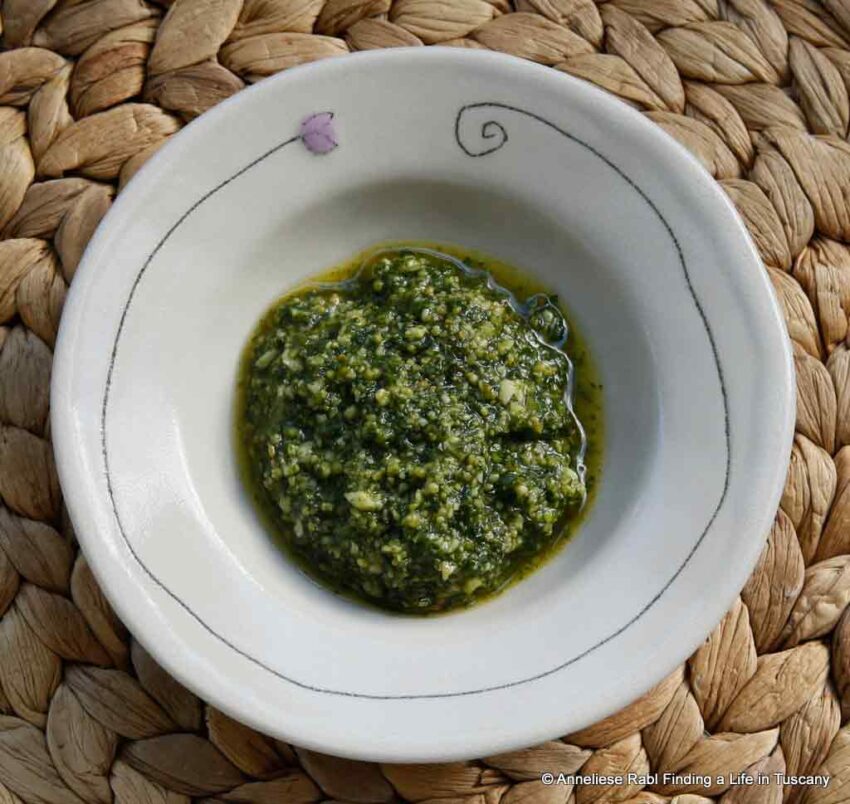
For a Northerner it is not easy to understand more deeply the importance Italians give to food. After several years spent in Tuscany I came to understand that for them spending time together and sharing the pleasures of the table is one of the best ways to enjoy life. They believe without ifs and buts in their ancestors’ experience and the preparation of meals is almost always faithful to the recipes handed down through the ages from mothers to daughters.
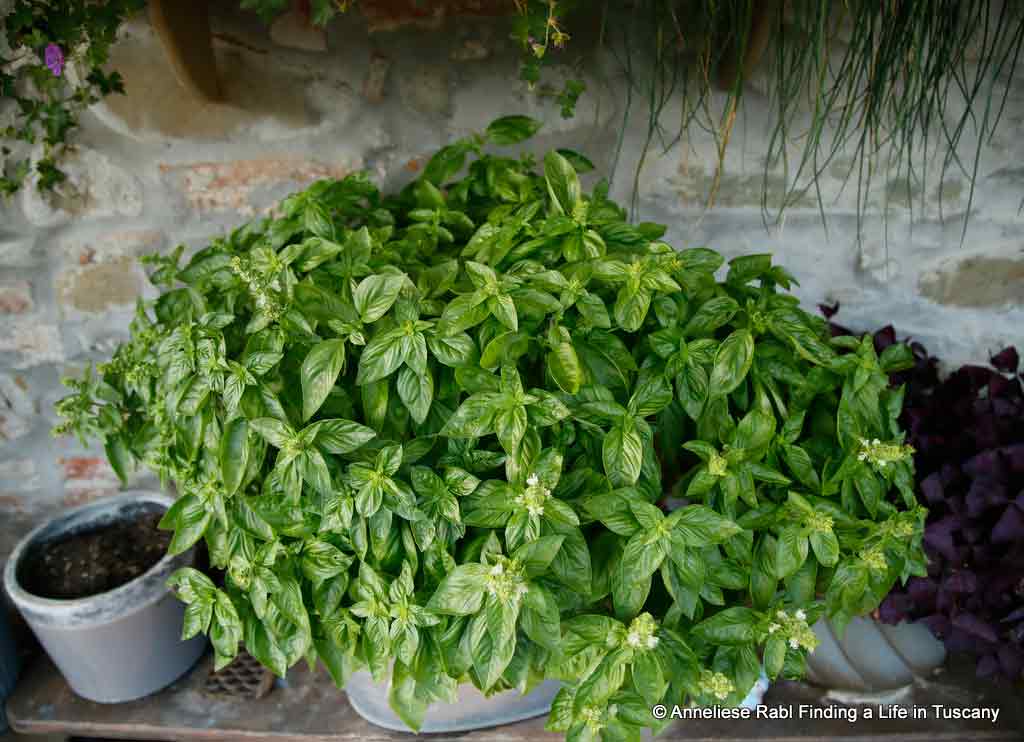
This also applies to one of the most beloved Italian sauces in the world: basil pesto. It seems that its origins are to be found in the Latin archaic world. Over the centuries somehow this delicious condiment arrived in Liguria, known as the famous Genoese Pesto and from there it found its way to Tuscany. Basil pesto, in fact, is not a typical Tuscan sauce. Nevertheless it was welcomed immediately with great enthusiasm by the Tuscan housewives. Because it was not them who created the recipe, they called it “pesto”, by simply omitting the word “Genoese”.
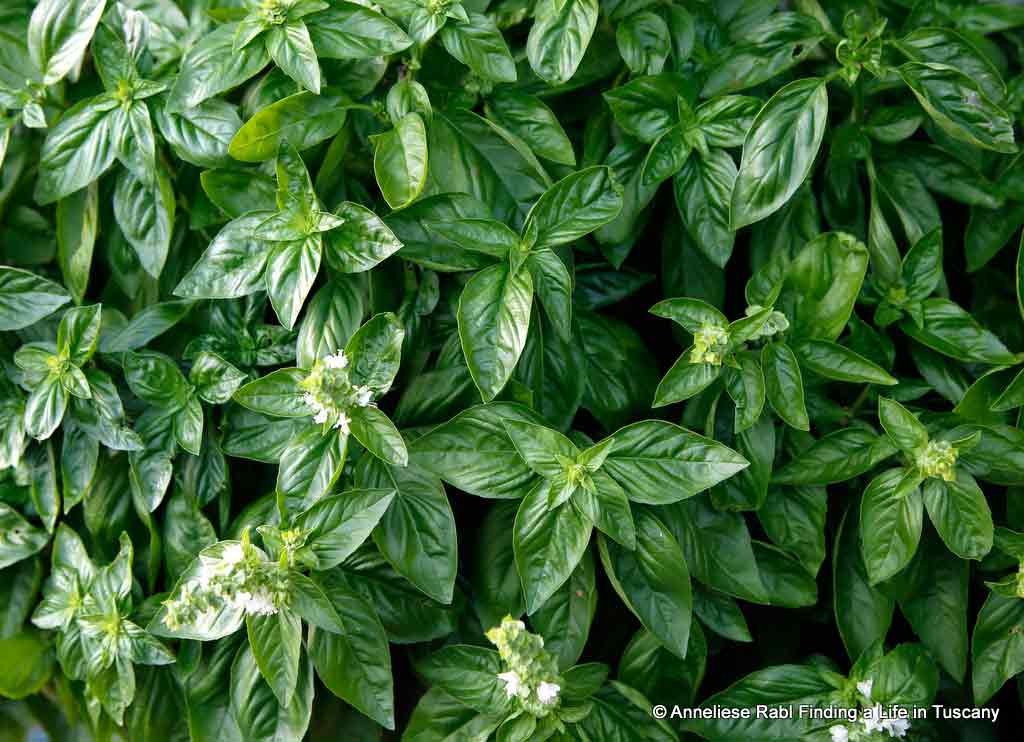
How do you prepare a delicious Genoese basil pesto? Simple! To start with pound garlic and salt with a marble or wooden pestle in a mortar made of the same materials. Once it is reduced into a pulp it’s the turn of the perfectly dried, super fresh, spotless basil leaves. Now add pine nuts to the smooth bright green mixture thus obtained and continue crushing thoroughly. In the end, alternating, stir in cheese and olive oil. Don’t stop grinding until you get a soft, creamy sauce.
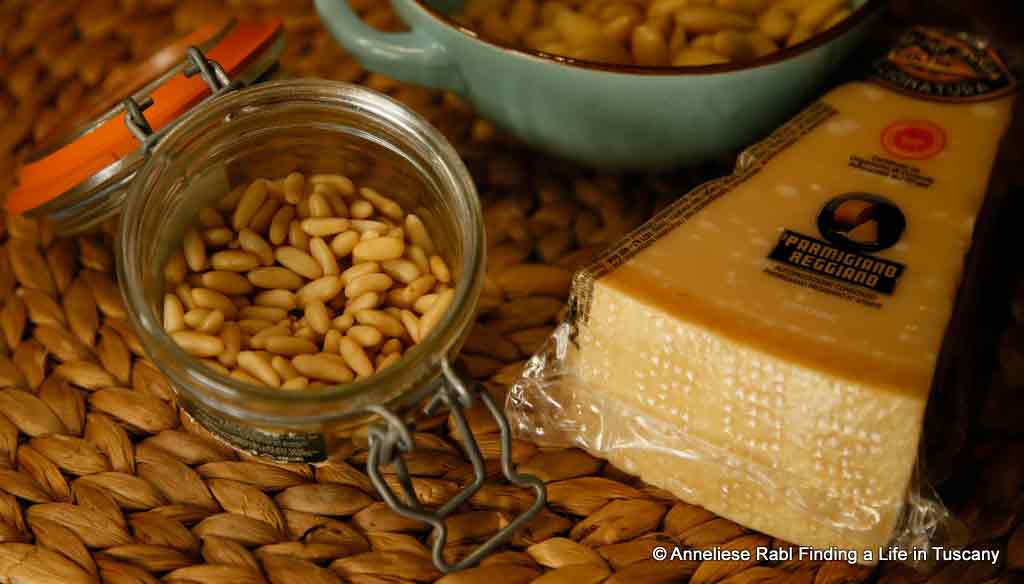
Voilà ready the basic ingredient for noodles, rice or lasagne. Exquisite spread on toasted bread or mixed in minestrone (vegetable soup). Simply delicious eaten by the spoonful, with nothing else, for the pleasure of enjoying the explosion of taste and flavour in your mouth. What if you want to enjoy a nice pesto but you don’t have a recipe handed down through the ages from mothers to daughters at hand and a mortar with a pestle made of the correct material isn’t available either? Firstly you want to lower your expectations. Then you only need the courage to challenge the traditions… and a blender at your finger tips.
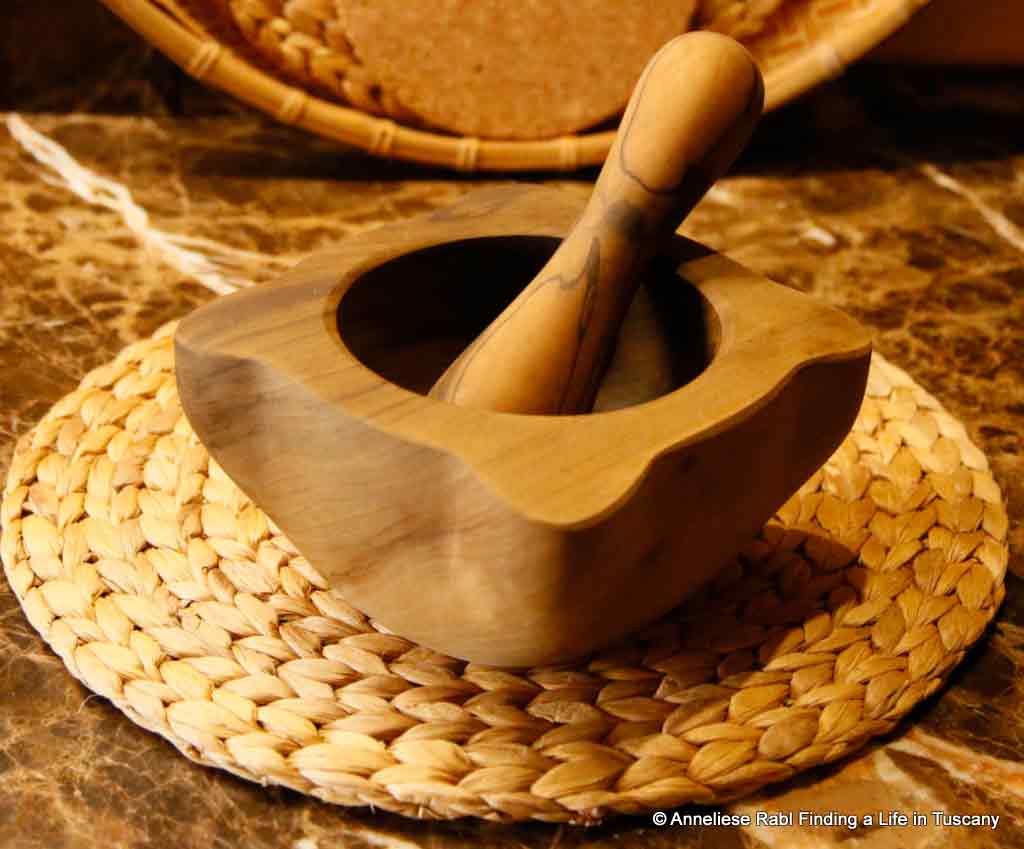
Yes, I know, taste and flavour of good pesto, Genoese or not, depends on the correct processing of the leaves. They should never end up in a mixer or a blender. Through the heat of the motor, in fact, the essential oils would evaporate. Furthermore, the metal blades are likely to alter the fragrance of the tender, delicate herb.
Experience has taught me that keeping all the ingredients together with the electric utensil in the refrigerator until they are quite cold is the first important step. At this point you blend the ingredients starting with basil leaves, garlic and olive oil followed by salt, pine nuts and cheese. The trick is to use the blender intermittently a little at a time. By doing this the temperature of the pesto does not heat up significantly and the essential oils of the basil are safe. I would dare to say (with caution) that the altering of the fragrance due to the metal blades is negligible.
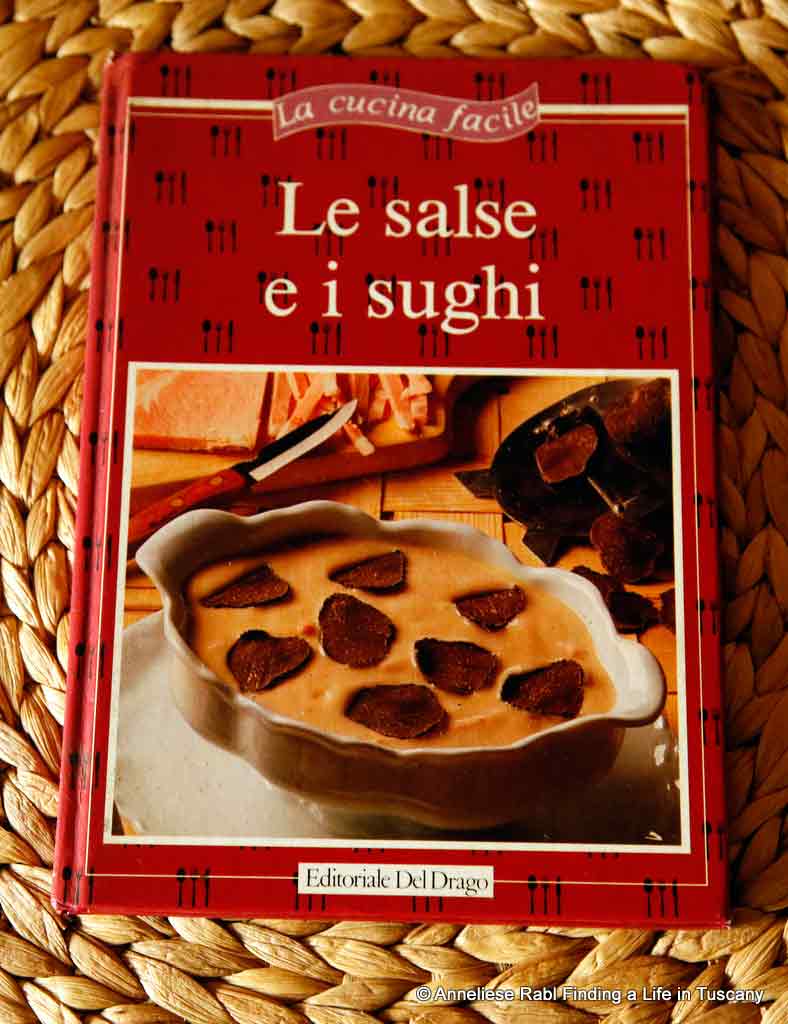
There are dozens of recipes and they differ quite a bit. Here I propose a pesto recipe (serves four) from a 50 year old cookbook.
- 100 gr. basil leaves
- 40 gr. pine nuts
- 2 garlic cloves
- 1 glass olive oil
- 50 gr. parmigiano
- 50 gr. pecorino
- Salt
Process these ingredients as described above.
I make my pesto with what I have at home, without paying too much attention to the proportion of the ingredients. This means that if I don’t have pine nuts at hand I use hazelnuts, blanched peeled almonds (they become softer) or walnuts. Sometimes I mix them all together. If there is no parmigiano in the pantry I add pecorino. Garlic is a little too heavy for me, so I don’t cook with it. The olive oil I use is always extra virgin. The basil grows in pots on my balcony. And yes, I use a mixer/blender but not for too long because I like to bite on small pieces of cheese and nuts. It makes the sauce even tastier.
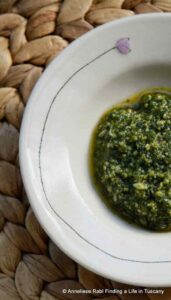
Obviously I know that my pesto can’t compete with the ones presented in the “Pesto World Championship” in Genoa but I dare think that it is quite pleasant and enjoyable to taste. But then, what’s that saying…all trades must be learnt. Practice will make it perfect. At least, I hope so.
Inviato da iPad
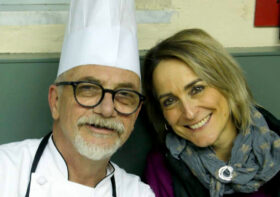


Leave a Reply